Even among animation aficionados, it can sometimes be hard to justify spending the equivalent of a hundred dollars or more on an anime character figure. No matter how high the quality of the product is, that’s a lot of cash to shell out for something that’s going to just sit there gathering dust on your shelf, even if it looks pretty doing it.
But perhaps it’ll be easier for shoppers to pull the trigger on this particular figure. True, the subject being a busty and bikini-clad anime heroine isn’t anything we haven’t seen before, but what makes this figure special is that it’s designed to let otaku cram a straw between its breasts to suck on as they enjoy a refreshing glass of milk.

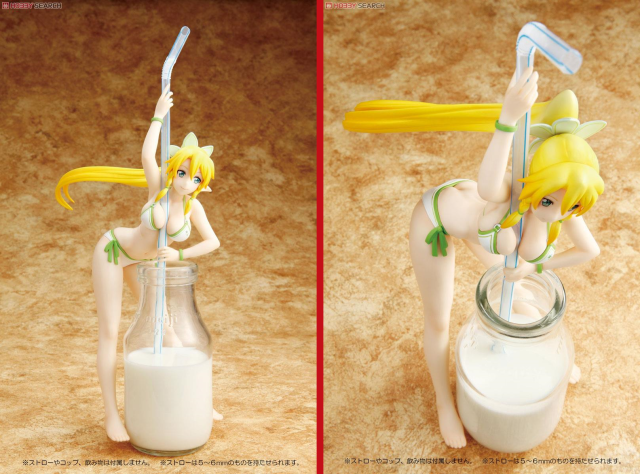

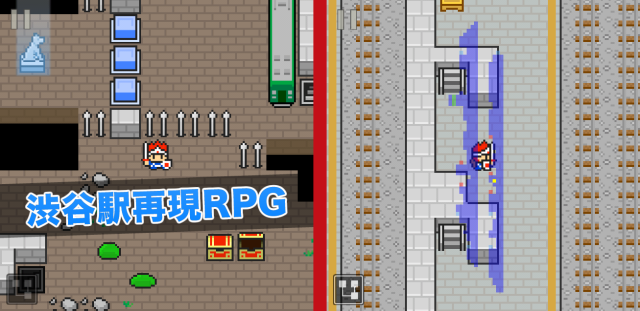


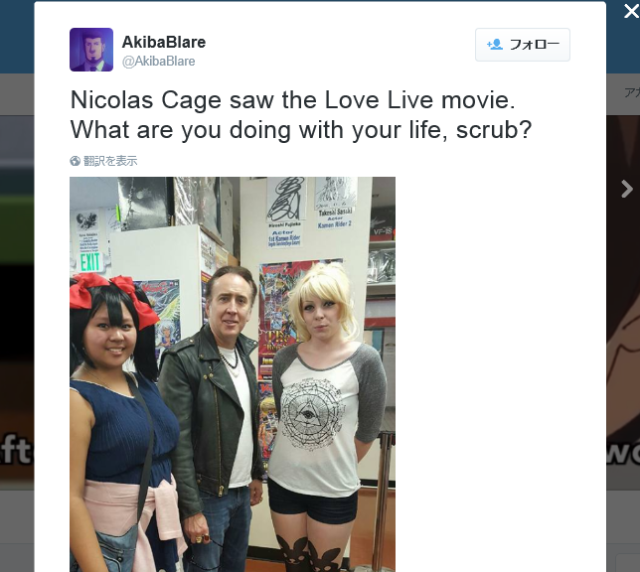

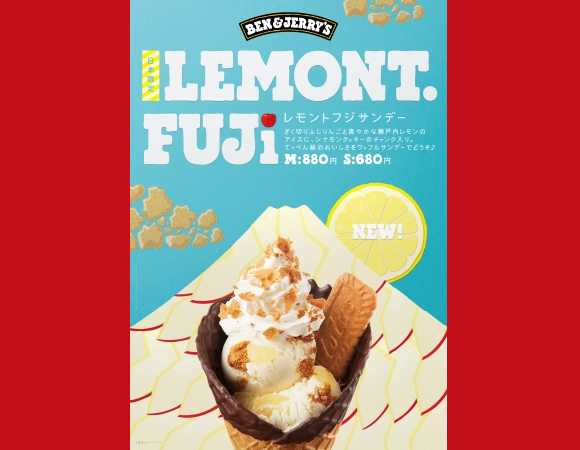
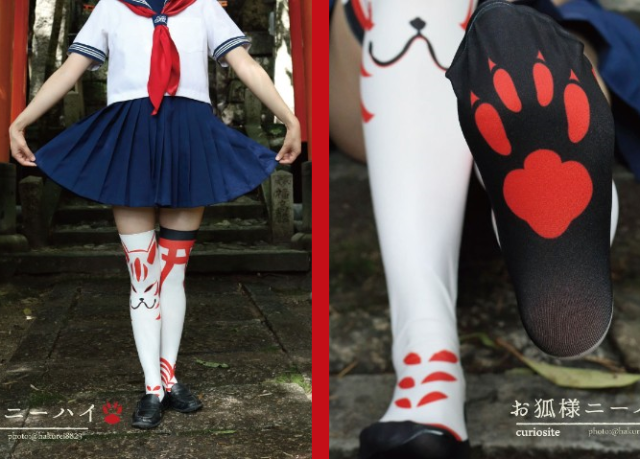
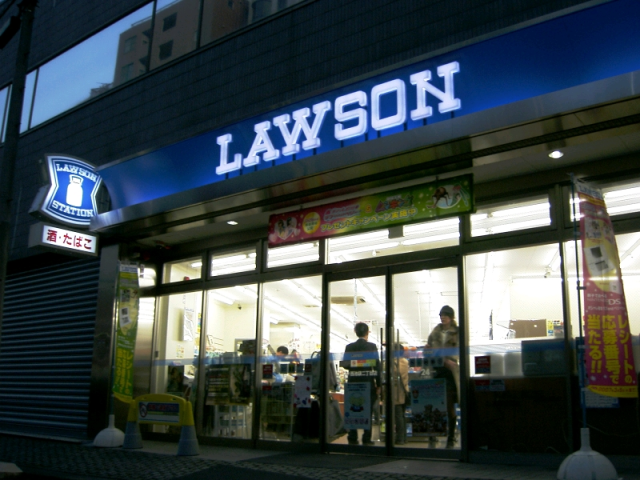

 Tokyo’s Tsukiji sushi neighborhood asks tour groups to stay away for the rest of the month
Tokyo’s Tsukiji sushi neighborhood asks tour groups to stay away for the rest of the month Starbucks teams up with 166-year-old Kyoto doll maker for Year of the Horse decorations【Photos】
Starbucks teams up with 166-year-old Kyoto doll maker for Year of the Horse decorations【Photos】 Street Fighter Hadouken Churros to be launched and eaten in Tokyo, Okami pudding on offer too
Street Fighter Hadouken Churros to be launched and eaten in Tokyo, Okami pudding on offer too Site of Japan’s most famous samurai murder is now a Kyoto karaoke joint
Site of Japan’s most famous samurai murder is now a Kyoto karaoke joint Google knows you’re no April Fool, so they offer you Pac-Man playable in Google Maps
Google knows you’re no April Fool, so they offer you Pac-Man playable in Google Maps The three ways to say “love” in Japanese, and when to use them
The three ways to say “love” in Japanese, and when to use them More people in Japan quit sending New Year’s cards and many have started to regret it
More people in Japan quit sending New Year’s cards and many have started to regret it World’s longest trailer shows former SMAP star play a transgender role in new film Midnight Swan
World’s longest trailer shows former SMAP star play a transgender role in new film Midnight Swan New Evangelion short anime, written by Hideaki Anno, to have world premiere early next year
New Evangelion short anime, written by Hideaki Anno, to have world premiere early next year Tokyo adding new anti-littering fines in Shibuya and Harajuku, will require more trash cans too
Tokyo adding new anti-littering fines in Shibuya and Harajuku, will require more trash cans too More Shinkansen trains being added to Japan’s “golden route” to meet traveler demand
More Shinkansen trains being added to Japan’s “golden route” to meet traveler demand Japanese avoiding domestic travel as foreign tourists increase, possibly creating vicious cycle
Japanese avoiding domestic travel as foreign tourists increase, possibly creating vicious cycle Japanese man who didn’t know how banks work defrauded out of 21 million yen
Japanese man who didn’t know how banks work defrauded out of 21 million yen Japanese woman mistaken for bear
Japanese woman mistaken for bear This hot springs town in Japan sets fire across a mountain every winter in a beautiful tradition
This hot springs town in Japan sets fire across a mountain every winter in a beautiful tradition Tokyo considering law requiring more trash cans following litter increase in heavily touristed area
Tokyo considering law requiring more trash cans following litter increase in heavily touristed area Gundam and Reebok team up for new GQuuuuuuX Pumps【Photos】
Gundam and Reebok team up for new GQuuuuuuX Pumps【Photos】 Return of Totoro sequel short anime announced for Ghibli Park
Return of Totoro sequel short anime announced for Ghibli Park Japan’s human washing machines will go on sale to general public, demos to be held in Tokyo
Japan’s human washing machines will go on sale to general public, demos to be held in Tokyo Starbucks Japan unveils new Christmas goods and a rhinestone tumbler that costs 19,500 yen
Starbucks Japan unveils new Christmas goods and a rhinestone tumbler that costs 19,500 yen Real-world Nausicaa Ghibli anime glider completes its final flight in Japan【Video】
Real-world Nausicaa Ghibli anime glider completes its final flight in Japan【Video】 Japanese train company is letting fans buy its actual ticket gates for their homes
Japanese train company is letting fans buy its actual ticket gates for their homes Is China’s don’t-go-to-Japan warning affecting tourist crowds in Tokyo’s Asakusa neighborhood?
Is China’s don’t-go-to-Japan warning affecting tourist crowds in Tokyo’s Asakusa neighborhood? The 10 best day trips from downtown Tokyo【Survey】
The 10 best day trips from downtown Tokyo【Survey】 Nintendo’s Kirby now delivering orders at Kura Sushi restaurants, but not in Japan
Nintendo’s Kirby now delivering orders at Kura Sushi restaurants, but not in Japan Tokyo event lets you travel back in time, for free, to celebrate 100 years since Showa era start
Tokyo event lets you travel back in time, for free, to celebrate 100 years since Showa era start A guide to visiting Sagamiko Illumination, one of the three biggest light-ups in Kanto
A guide to visiting Sagamiko Illumination, one of the three biggest light-ups in Kanto Survey asks foreign tourists what bothered them in Japan, more than half gave same answer
Survey asks foreign tourists what bothered them in Japan, more than half gave same answer Japan’s deadliest food claims more victims, but why do people keep eating it for New Year’s?
Japan’s deadliest food claims more victims, but why do people keep eating it for New Year’s? We deeply regret going into this tunnel on our walk in the mountains of Japan
We deeply regret going into this tunnel on our walk in the mountains of Japan Studio Ghibli releases Kodama forest spirits from Princess Mononoke to light up your home
Studio Ghibli releases Kodama forest spirits from Princess Mononoke to light up your home Major Japanese hotel chain says reservations via overseas booking sites may not be valid
Major Japanese hotel chain says reservations via overseas booking sites may not be valid Put sesame oil in your coffee? Japanese maker says it’s the best way to start your day【Taste test】
Put sesame oil in your coffee? Japanese maker says it’s the best way to start your day【Taste test】 The top 10 annoying foreign tourist behaviors on trains, as chosen by Japanese people【Survey】
The top 10 annoying foreign tourist behaviors on trains, as chosen by Japanese people【Survey】 No more using real katana for tourism activities, Japan’s National Police Agency says
No more using real katana for tourism activities, Japan’s National Police Agency says Starbucks Japan reveals new sakura drinkware collection, inspired by evening cherry blossoms
Starbucks Japan reveals new sakura drinkware collection, inspired by evening cherry blossoms The three ways to say “love” in Japanese, and when to use them
The three ways to say “love” in Japanese, and when to use them More people in Japan quit sending New Year’s cards and many have started to regret it
More people in Japan quit sending New Year’s cards and many have started to regret it World’s longest trailer shows former SMAP star play a transgender role in new film Midnight Swan
World’s longest trailer shows former SMAP star play a transgender role in new film Midnight Swan New Evangelion short anime, written by Hideaki Anno, to have world premiere early next year
New Evangelion short anime, written by Hideaki Anno, to have world premiere early next year Tokyo adding new anti-littering fines in Shibuya and Harajuku, will require more trash cans too
Tokyo adding new anti-littering fines in Shibuya and Harajuku, will require more trash cans too Is China’s don’t-go-to-Japan warning affecting tourist crowd sizes in Nara?
Is China’s don’t-go-to-Japan warning affecting tourist crowd sizes in Nara? How to throw off your suit and shirt like a Like a Dragon tough guy, starring Mr. Sato【Videos】
How to throw off your suit and shirt like a Like a Dragon tough guy, starring Mr. Sato【Videos】 35 fascinating photos of Korea from 100 years ago (before K-dramas took over Asia)
35 fascinating photos of Korea from 100 years ago (before K-dramas took over Asia) Sailor-style school uniform outfits for men are warm, fleecy and said to reduce stress
Sailor-style school uniform outfits for men are warm, fleecy and said to reduce stress Has China’s don’t-go-to-Japan warning shortened queues at this Ichiran ramen restaurant in Tokyo?
Has China’s don’t-go-to-Japan warning shortened queues at this Ichiran ramen restaurant in Tokyo? Digital Sushiro Vision – Testing out the newest way to order conveyor belt sushi【Pics, video】
Digital Sushiro Vision – Testing out the newest way to order conveyor belt sushi【Pics, video】 TikTok releases its Year in Music 2025 – Japan’s Top 10 Songs ranking
TikTok releases its Year in Music 2025 – Japan’s Top 10 Songs ranking We take a trip to Japan’s Lovot robot cafe, cuddle with a bot and learn how to love
We take a trip to Japan’s Lovot robot cafe, cuddle with a bot and learn how to love